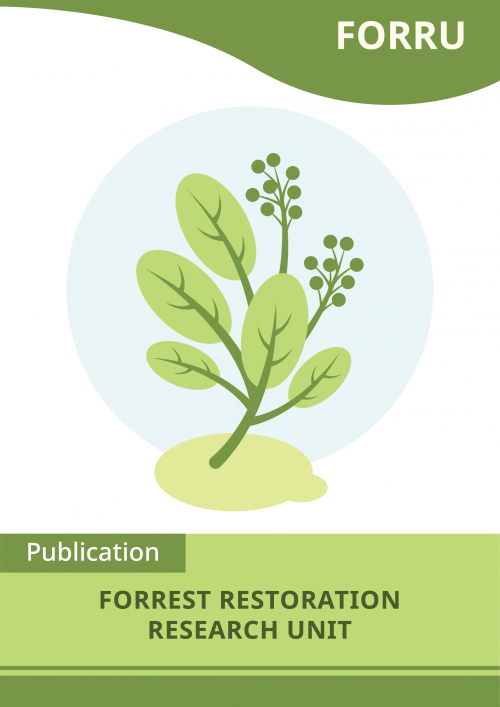The ecology and technology of accelerating forest ecosystem recovery

Elliott, S., D. Blakesley, K. Hardwick & S. Chairuangsri, 2018. The ecology and technology of accelerating forest ecosystem recovery. Pp 34-38 in Chongglaingam, U., K. Shono, M. P. Sarigumba, P. B. Durst & R. Leslie (Eds) Advancing the Role of Natural Regeneration in Large-Scale Forest and Landscape Restoration in The Asia-Pacific Region - Proceedings of a Regional Workshop. FAO -UN and the Asia-Pacific Network for Sustainable Forest Management and Rehabilitation, Bangkok, 2018, 109 pp.
Whilst the science of restoration has improved greatly over recent years, the technologies for implementing it remain primitive. Nearly all accessible land is already used for agriculture. So, most of the sites, available for restoration, tend to be remote and rugged, where delivery of planting stock and materials is impractical and where people do not want to work. To meet the UN’s target of 350 million hectares restored by 2030, automation of forest restoration tasks may be necessary. Emerging technologies, such as low-cost UAV’s (drones) and new imaging devices, could enable and accelerate site monitoring, weeding and aerial seeding, particularly on remote sites (Elliott 2016). Intensive collaboration among technologists and forest ecologists will be essential to ensure that such technological innovations are firmly based on sound restoration science.


